Each hair follicle is connected to a sebaceous gland (oil glands), which produces an oily substance called sebum. Sebum can plug up hair follicles, causing the growth of a bacteria known as Propionibacterium acnes, which is normally present on the skin.
Acne can cause painful and generally occur on areas of the skin with a relatively high number of oil glands, including face, neck, back, shoulders, upper part of the chest and even arms.
If left untreated, acne can lead to long-term hyperpigmentation or scarring. There are many products on the market to treat acne but they can take time.
Here are 10 amazing home remedies for acne and pimples that you might want to try.
1. Apple Cider Vinegar
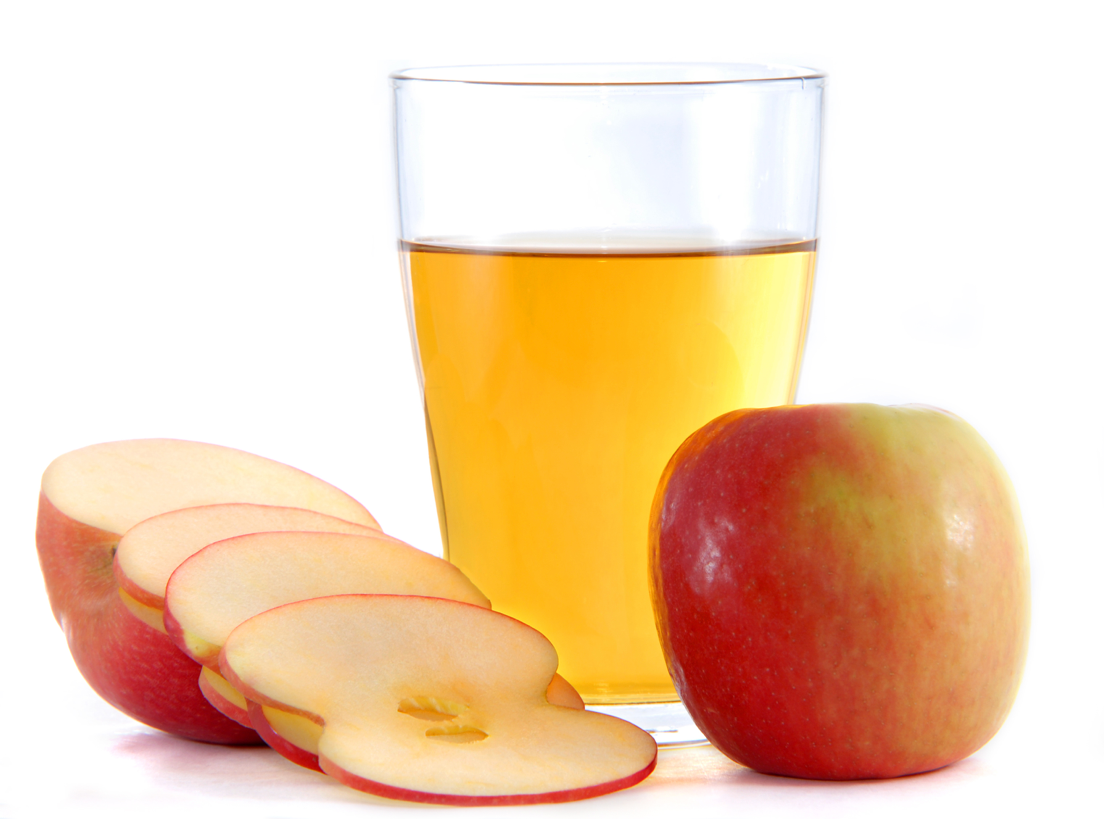 |
| Use apple cider vinegar to treat acne |
Apple cider vinegar contains several organic acids that have been shown to fight many types of bacteria and viruses.
Apple cider vinegar can help to dry up the excess oil, reduces red marks and suppress inflammation.
Mix 1 part apple cider vinegar to 3 parts water and apply on the affected skin area with a cotton ball. Leave it on for a few minutes and rinsing with cool water. Repeat this process a few times daily.
Apple cider vinegar can help to dry up the excess oil, reduces red marks and suppress inflammation.
Mix 1 part apple cider vinegar to 3 parts water and apply on the affected skin area with a cotton ball. Leave it on for a few minutes and rinsing with cool water. Repeat this process a few times daily.
2. Honey
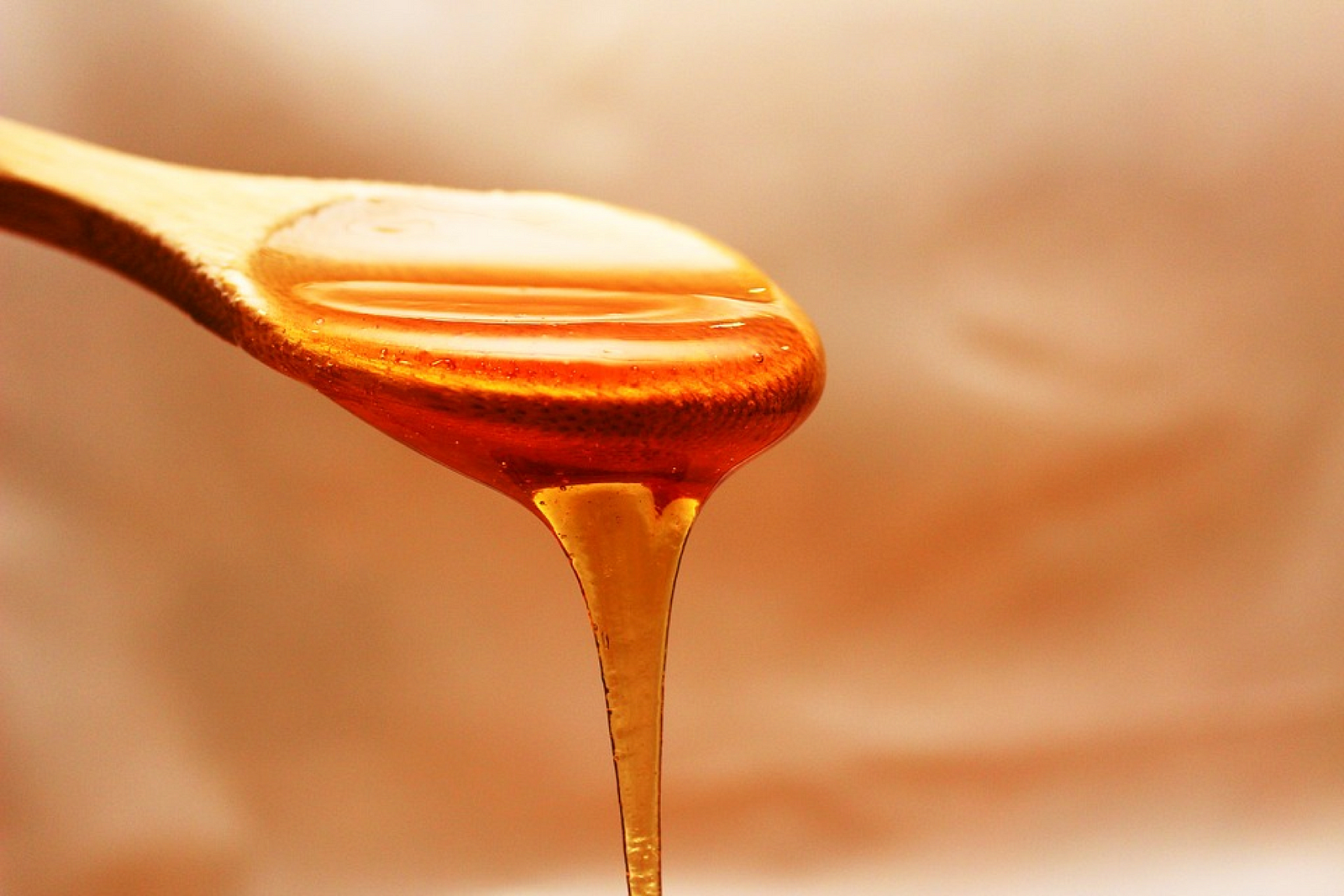 |
| Use honey to treat acne |
Honey has antibiotic properties, which help to improve acne. Apply 1 teaspoon of honey on the affected skin areas and leaving it on for 30 minutes.
3. Tea Tree Oil
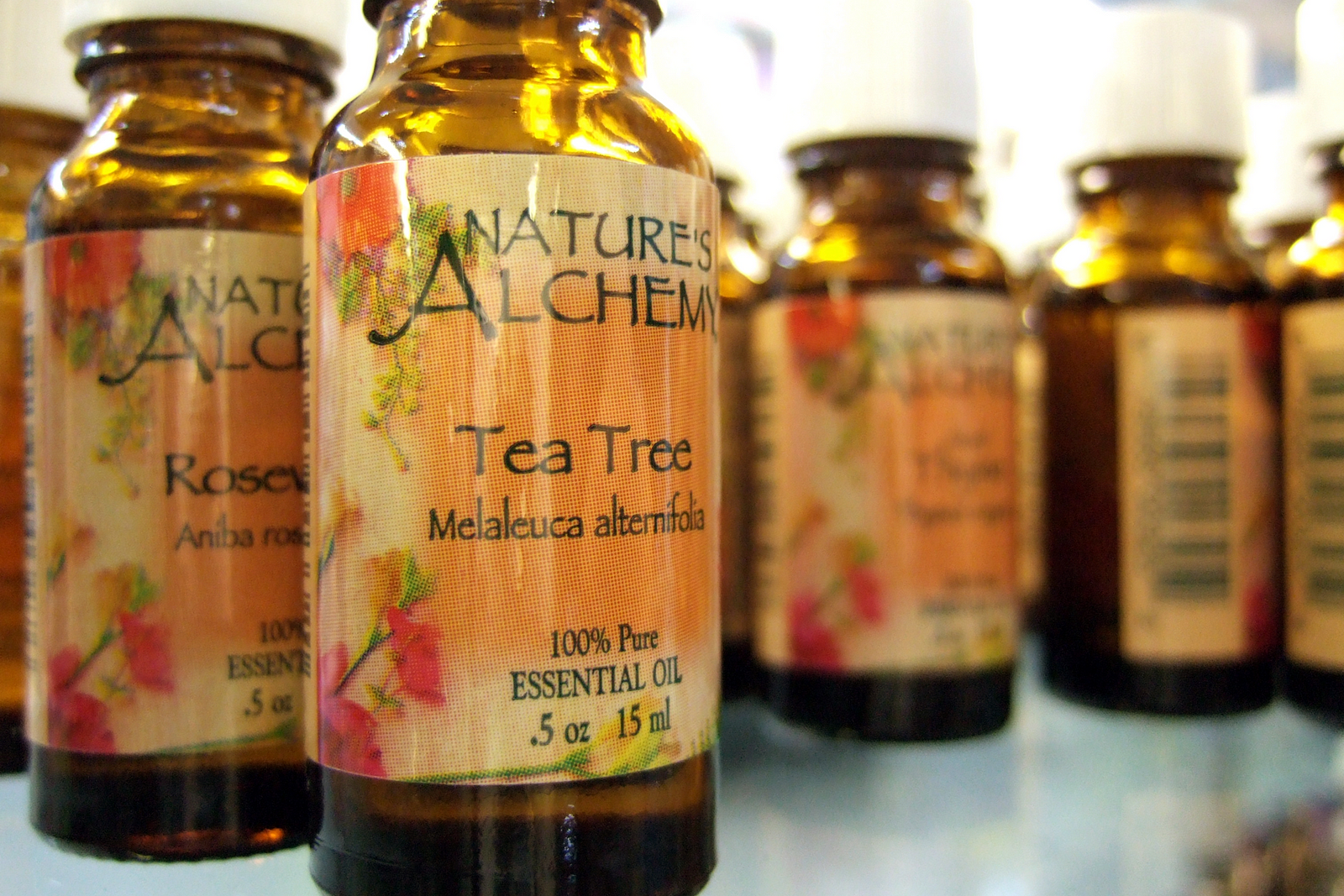 |
| Use tea tree oil to treat acne |
Tea tree oil has the ability to fight bacteria and reduce skin inflammation. Mix 1 part tea tree oil to 9 parts water and apply on the affected skin area with a cotton swab.
4. Ice
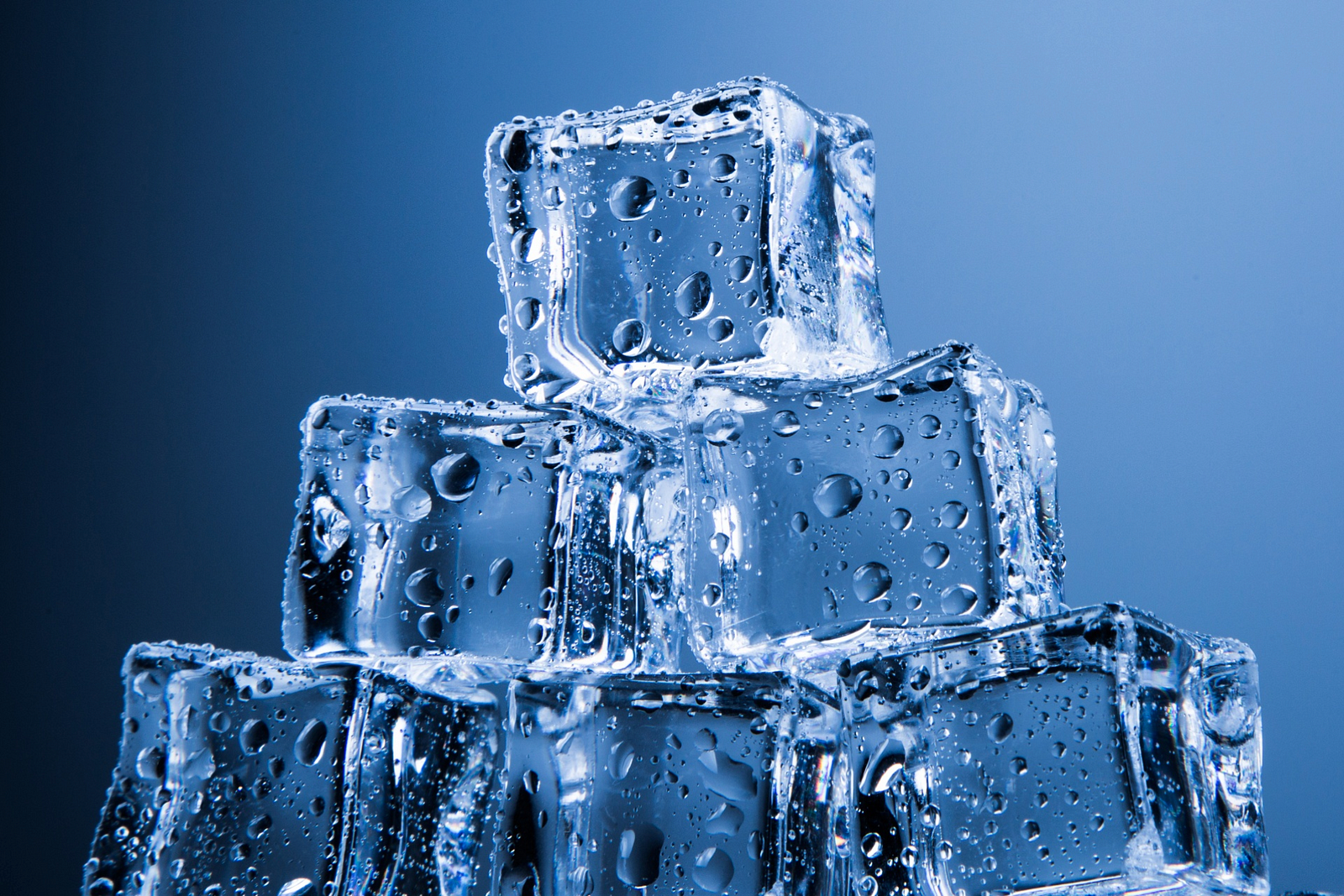 |
| Use ice to treat acne |
Ice can reduce swelling, inflammation and redness of acne. Wrapping an ice cube in a paper towel and apply on the acne for a few seconds.
5. Toothpaste
 |
| Use toothpaste to treat acne |
Toothpaste has antibacterial properties, which play a vital role in eliminating the bacteria that cause acne. Apply a layer of white toothpaste on the acne and leave it on overnight.
6. Baking Soda
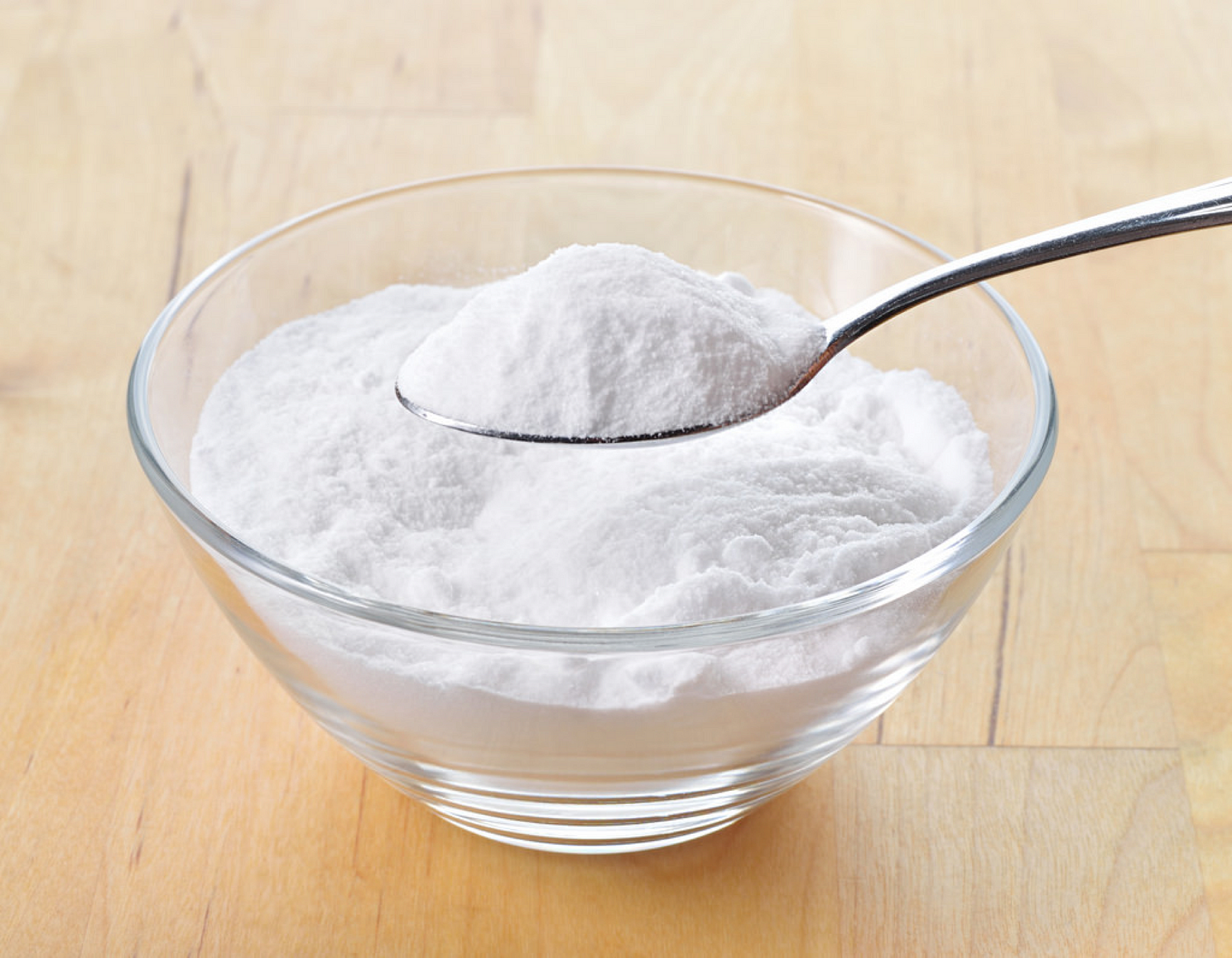 |
| Use baking soda to treat acne |
Baking soda dries out the acne and also exfoliate the skin to remove excess oil.
Mix 1 teaspoon of baking soda with a few drops of water to form a paste. Apply the paste on the acne and let it to dry for a few minutes, then rinsing with warm water. Do this a few times a day.
Mix 1 teaspoon of baking soda with a few drops of water to form a paste. Apply the paste on the acne and let it to dry for a few minutes, then rinsing with warm water. Do this a few times a day.
7. Witch Hazel
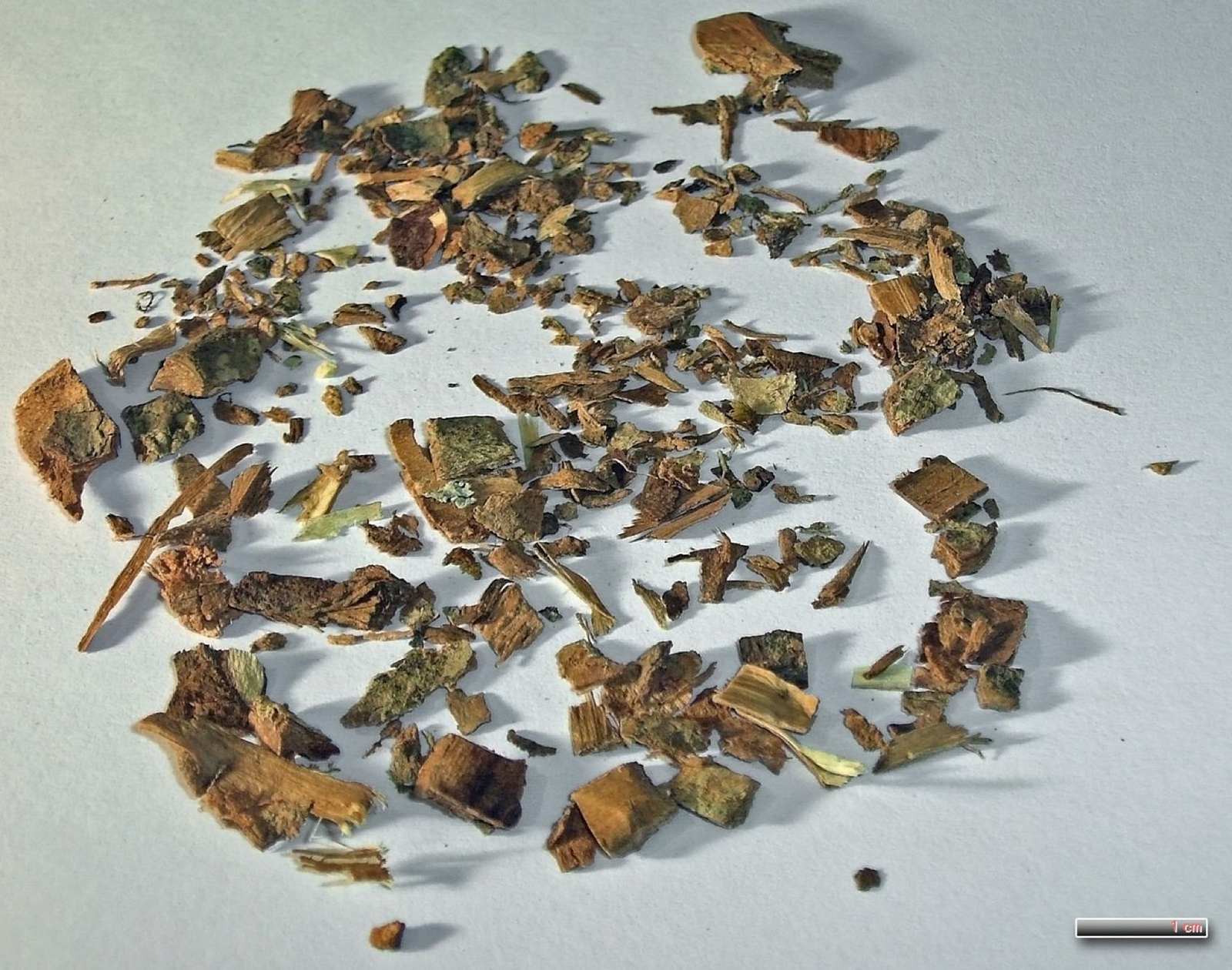 |
| Use witch hazel to treat acne |
Witch hazel has anti-inflammatory and antibacterial properties.
Applying witch hazel to the skin can reduce inflammation and fight bacteria.
Soak 1 tablespoon witch hazel bark and 1 cup water for 30 minutes, then boil the mixture for 10 minutes and let it cool. Apply the mixture on the affected skin area with a cotton ball 1 to 2 times per day.
Applying witch hazel to the skin can reduce inflammation and fight bacteria.
Soak 1 tablespoon witch hazel bark and 1 cup water for 30 minutes, then boil the mixture for 10 minutes and let it cool. Apply the mixture on the affected skin area with a cotton ball 1 to 2 times per day.
8. Green Tea
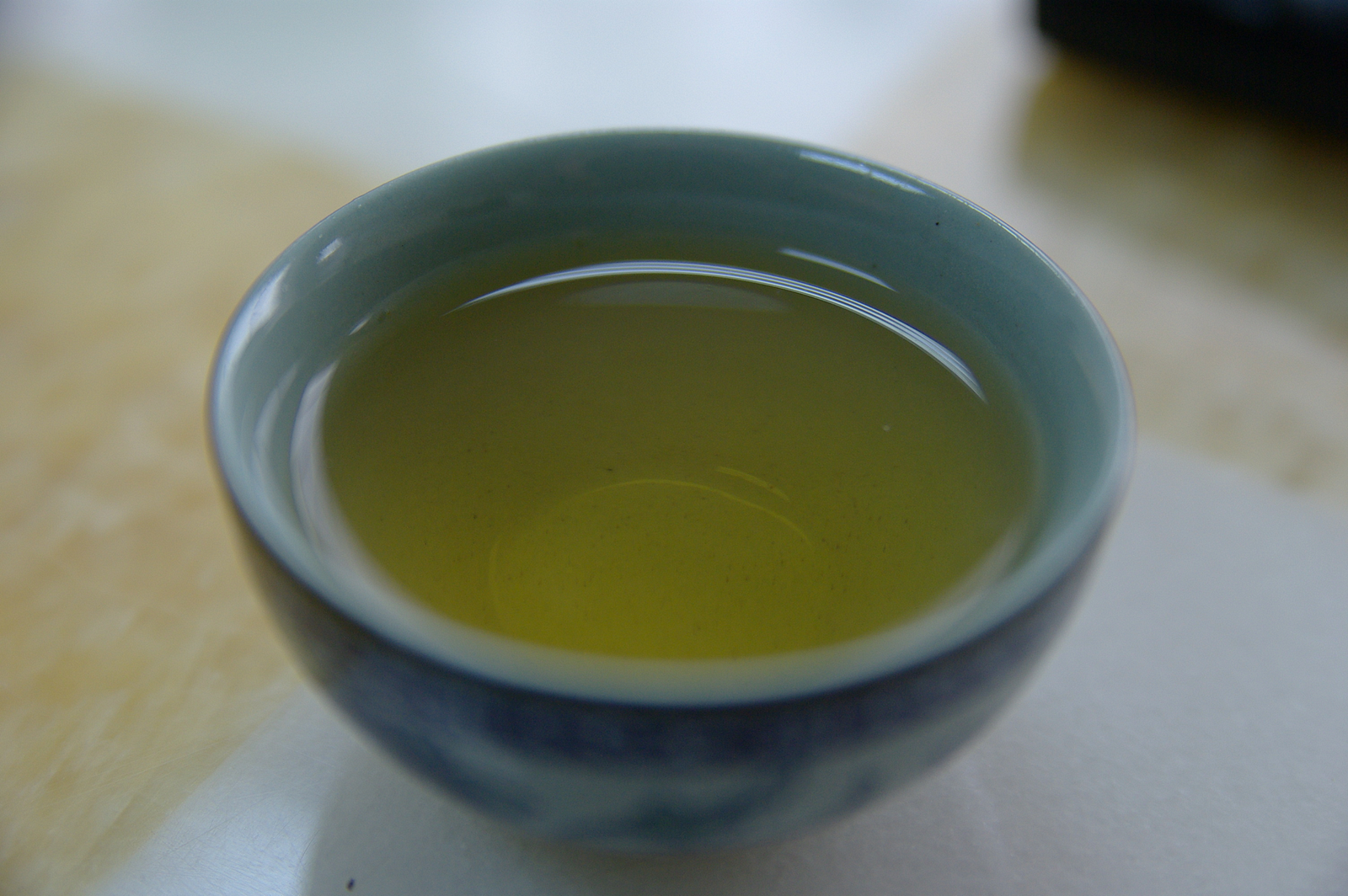 |
| Use green tea to treat acne |
Flavonoids and tannins in green tea are known to fight inflammation and kill bacteria. Steep green tea in boiling water for about 3 to 4 minutes and let it cool. Apply the tea on the acne with a cotton ball. Leave it on for a few minutes, then rinsing with cool water and pat dry.
9. Aloe Vera
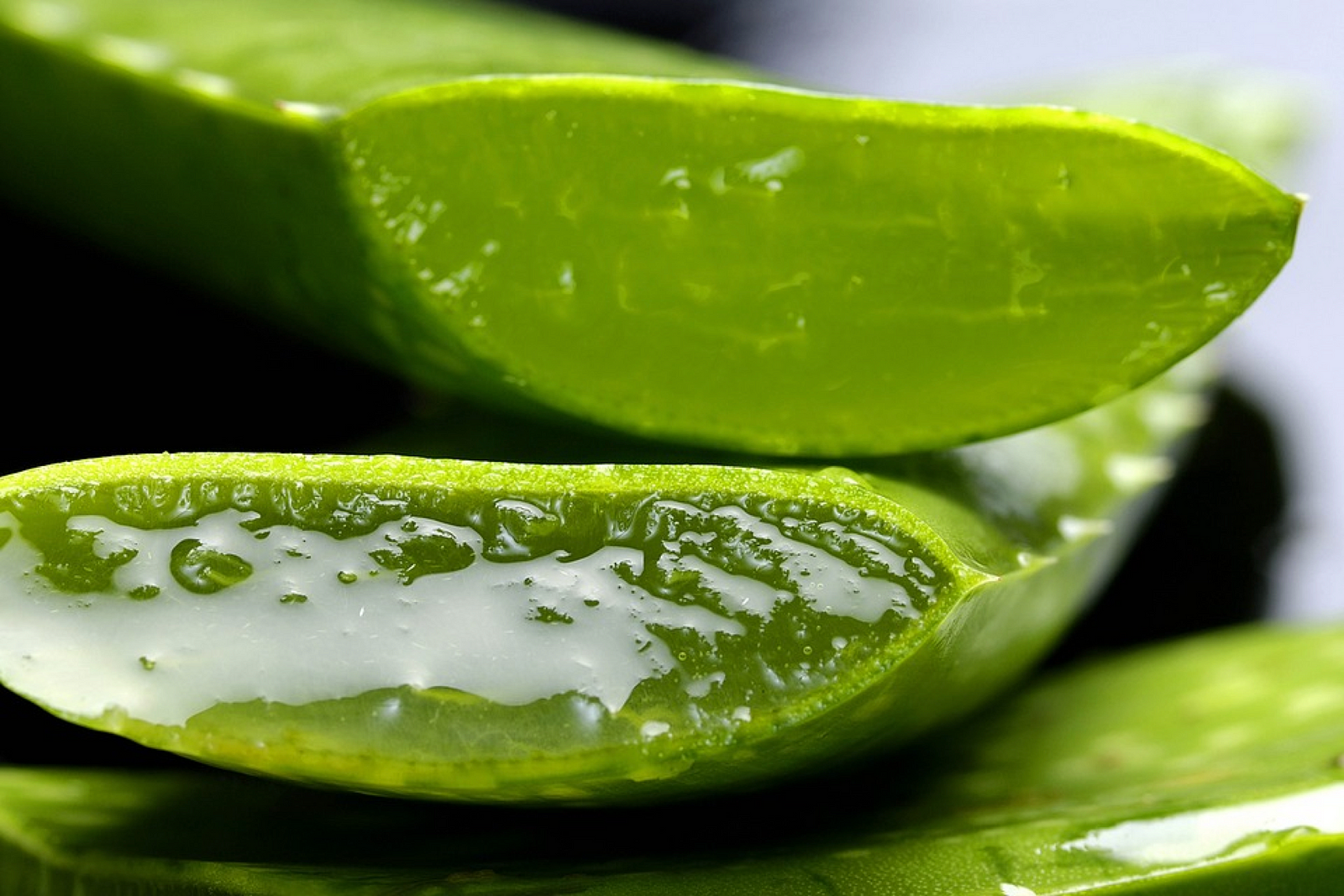 |
| Use aloe vera to treat acne |
The anti-inflammatory and antibacterial properties in aloe vera can help to reduce redness and skin irritation. Apply a layer of aloe vera gel on the affected skin area and leave it on for about 10 to 15 minutes.
10. Aspirin
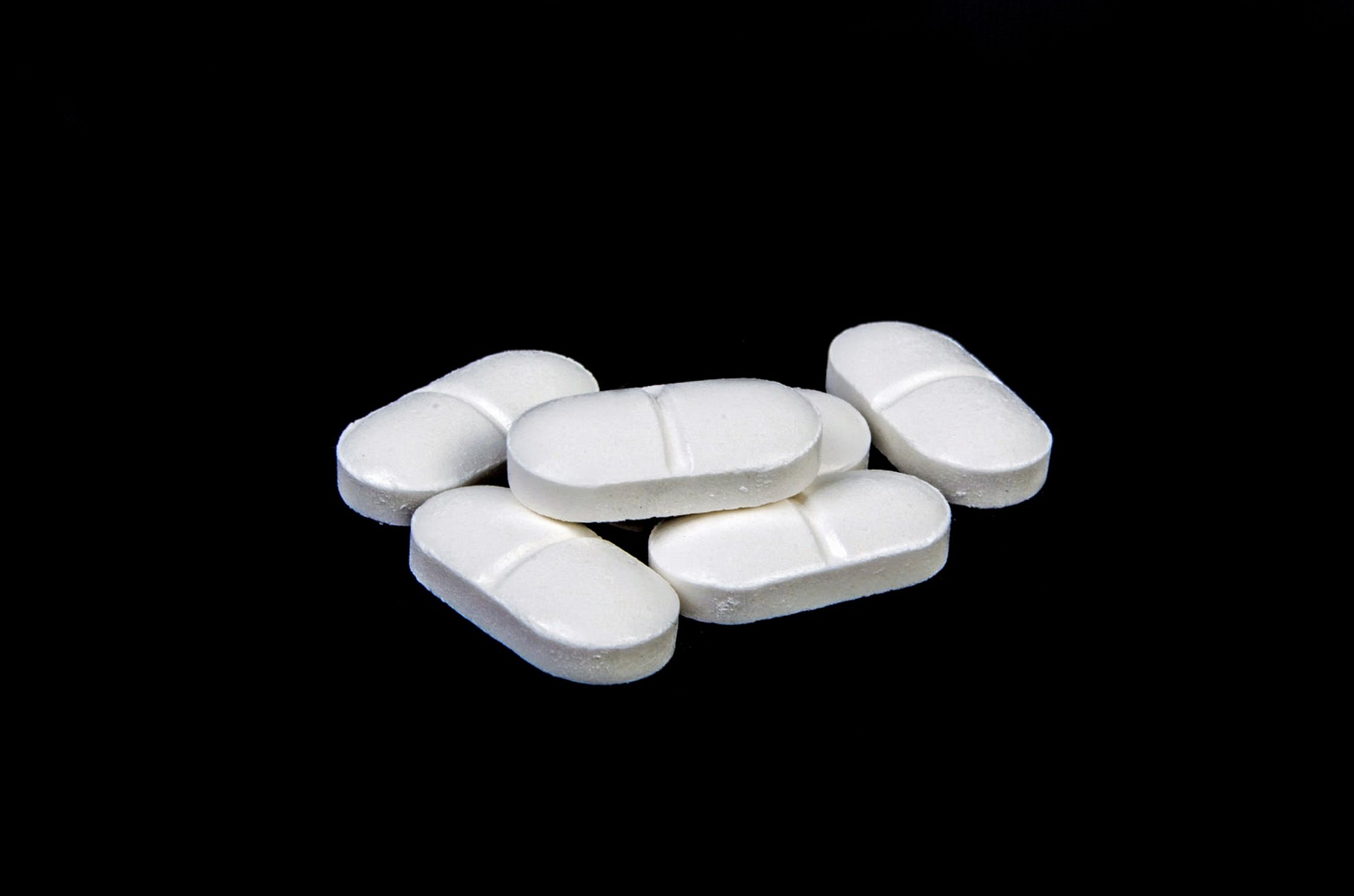 |
| Use aspirin to treat acne |
Aspirin can dry up acne and reduce the swelling due to accumulated pus. Form a paste by crushing the aspirin tablet and mix with a few drops of water. Apply the paste on the acne and let it dry.
These home remedies may not work for everyone, but they just might be worth a try.
After you have gotten rid of acne, it’s important to make changes in your skin care routine to prevent breakouts from returning.
Final Thoughts
After you have gotten rid of acne, it’s important to make changes in your skin care routine to prevent breakouts from returning.
#acne #pimples #pimple #acnetreatment #acnescars #acneremoval #acneproneskin #acnescarshomeremedies #skincare #skin #skincareroutine #skincaretips #skins #homeremedies #homeremedy

Comments
Post a Comment